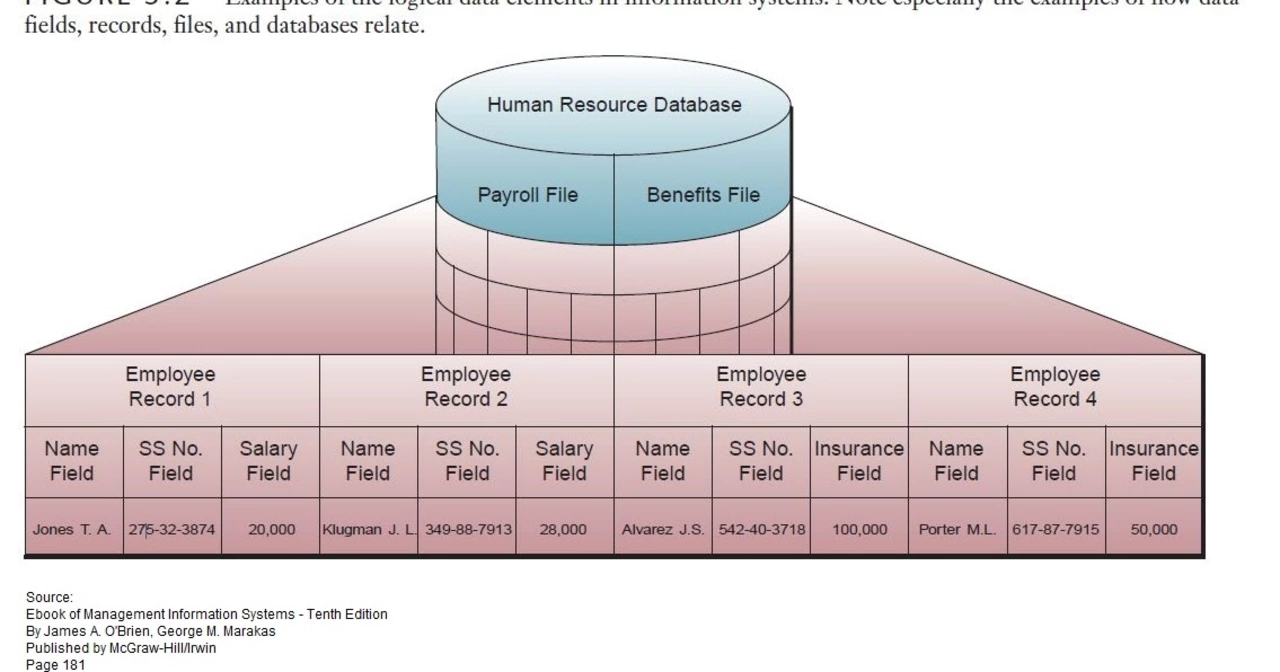Sports Analytics: Simple Stats and Real‑World Insights
Ever wonder why a coach can call the perfect play or why a fan can crown a team the best of the decade? The secret often lies in numbers. Sports analytics takes raw data—points, yards, minutes—turns it into stories we can actually use. Below you’ll get quick ways to read those stories and see how they affect real games.
Why Sports Analytics Matters
First off, analytics isn’t just for tech geeks. It helps a rookie quarterback understand where to throw, lets a basketball fan predict which team will make a surprise playoff run, and even tells a city whether it can support a new professional team.
Take the 2025 WNBA playoffs. The Golden State Valkyries cracked the postseason in their first year. By breaking down player efficiency ratings, turnover ratios, and three‑point attempts, analysts spotted a pattern: the Valkyries excel when they force opponents into fast‑break situations. That insight helped them design a defense that created more turnover chances, and the rest is history.
Or look at the Ravens vs. Bills Sunday Night Football matchup. Both teams feature MVP‑level quarterbacks, but a deep dive into offensive line grades and passing‑play success rates shows the Bills have a slight edge in protecting Josh Allen. That tiny advantage translated into a 1.5‑point road favorite in the betting odds.
Practical Ways to Use Analytics Today
Want to bring analytics into your own sports routine? Here are three easy steps:
- Identify the key metric. For basketball, it might be effective field goal percentage (eFG%). In football, look at yards per attempt (YPA). Focus on the stat that moves the needle most for the sport you follow.
- Compare it to league averages. If a player’s eFG% is 55% and the league average is 48%, that player is a clear outlier worth watching. This comparison tells you whether a performance is truly exceptional.
- Watch the trend. One great game can be a fluke. Track the metric over the last five to ten games to see if a player or team is on an upward or downward swing.
Applying these steps to the Timberwolves’ Game 7 win over the Nuggets shows why the upset happened. Karl‑Anthony Towns posted a double‑double while Anthony Edwards boosted his second‑half scoring rate from 5.2 to 9.8 points per 36 minutes. The trend revealed a late‑season surge that the Nuggets didn’t anticipate.
College football fans also love analytics. When debating the best team of the last twenty years, many point to Alabama’s win‑loss record. But if you add a metric like points‑per‑game differential, you see why the Crimson Tide stands out: they consistently outscored opponents by more than 20 points, a gap that most other programs never reached.
Even non‑players can use analytics. Want to know if a city deserves a pro team? Look at market size, existing sports venues, and per‑capita attendance for nearby college teams. Cities like Austin and Portland score high on these numbers, making a strong case for expansion.
Finally, remember that data is a tool, not a crystal ball. It gives you a better chance to guess what might happen, but the human element—coaching decisions, injuries, weather—still decides the final outcome.
So next time you watch a game, keep an eye on the numbers behind the action. You’ll notice patterns faster, enjoy the sport deeper, and maybe even call the next big prediction.
What is missing from sports analytics?

